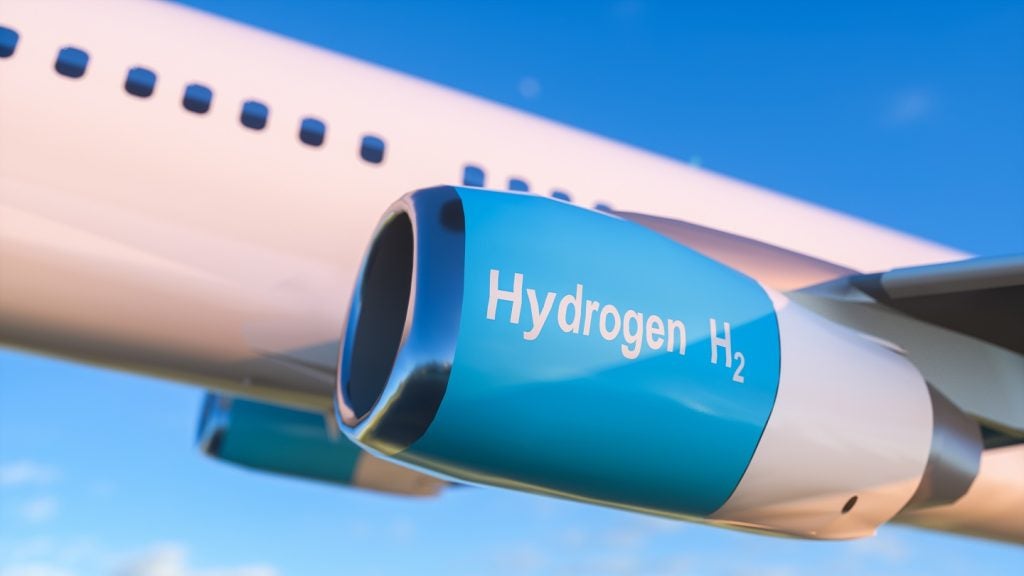Google has added a host of new sustainability features in a broader push encouraging users to make sustainable travel choices. Users can now view carbon emission estimates on flight search results, which bodes well for increased attention being paid to environmental concerns around flying.
Google has integrated data from the European Environmental Agency to estimate carbon emissions for flights. Emission estimates are based on one seat, class of travel, aircraft type and route length. Fuel-efficient aircraft and shorter routes usually result in lower carbon emissions. Whereas seats in premium economy, business and first-class result in higher emissions estimates as they account for a greater share of the flight’s total emissions. Google’s new tool increases the visibility impact travellers will have on the environment by taking certain flights and will encourage more conscious decisions to be made.
Transparency and accountability are a good start
According to a GlobalData consumer survey*, 74% of global respondents view environmental issues as ‘extremely’ or ‘quite’ important. Lack of information has traditionally been a significant barrier to making sustainable choices. Google Flight’s new feature will allow travellers to make more responsible and informed travel decisions as the environmental impact of their planned trip is more transparent, consistent and accurate. Competitors, including Skyscanner and Kayak, offer similar tools but Google Flights is the first to show aggregated emissions alongside the price, bringing a more transparent tool to market.
There is the additional benefit of users being able to directly and easily compare the carbon emissions of different airlines on the same route to make a more sustainable choice. With COP26 on the horizon, the International Air Transport Association (IATA) committing to net-zero carbon emissions by 2050 and government’s bidding to ‘build back greener’ from the pandemic, financial support and investment are needed to create a more sustainable industry.
Greater need to contextualise carbon emissions
Whilst a promising start to making sustainability an easier choice for travellers, there are greater opportunities to enhance the meaningfulness of the feature.
When searching, users can see the flight’s average carbon dioxide emissions and view whether the flight meets, exceeds or is lower than average emissions. A very useful tool for travellers seeking to reduce the emissions of their flight due to the detrimental impact carbon dioxide can have on the environment. However, measuring the carbon emissions in weight is difficult to contextualise and for a traveller to understand the impact they could have. Combining the weight with an easily relatable example of what the emissions could cause would create an even more powerful tool.
How well do you really know your competitors?
Access the most comprehensive Company Profiles on the market, powered by GlobalData. Save hours of research. Gain competitive edge.

Thank you!
Your download email will arrive shortly
Not ready to buy yet? Download a free sample
We are confident about the unique quality of our Company Profiles. However, we want you to make the most beneficial decision for your business, so we offer a free sample that you can download by submitting the below form
By GlobalDataPrices must be kept low
Travellers are price-sensitive and this tool may not be enough to encourage sustainable flying if the price is considerably more expensive. According to a GlobalData poll**, price is the most important factor when selecting an airline brand. Over half (50.6%) of global respondents selected price/value as the most instrumental factor. Nevertheless, choosing eco-friendly options does not necessarily mean greater cost. A report from the International Council on Clean Transportation suggests that travellers do not have to trade cheaper itineraries for lower carbon-emitting flights.
However, this is up to the individual airline and those offering a more sustainable option for a minimal cost increase are set to win passengers seeking a less environmentally damaging flight.
With Google’s efforts, sustainability will become an easier choice for individuals. When done at scale, big improvements can be made. Google Flight’s new feature offers positive developments in transparency and contextualising an individual’s environmental impact to empower more conscious decisions.
*GlobalData 2021 Q3 consumer survey
**GlobalData poll, 694 respondents, live April 2021 to August 2021










Related Company Profiles
Google LLC